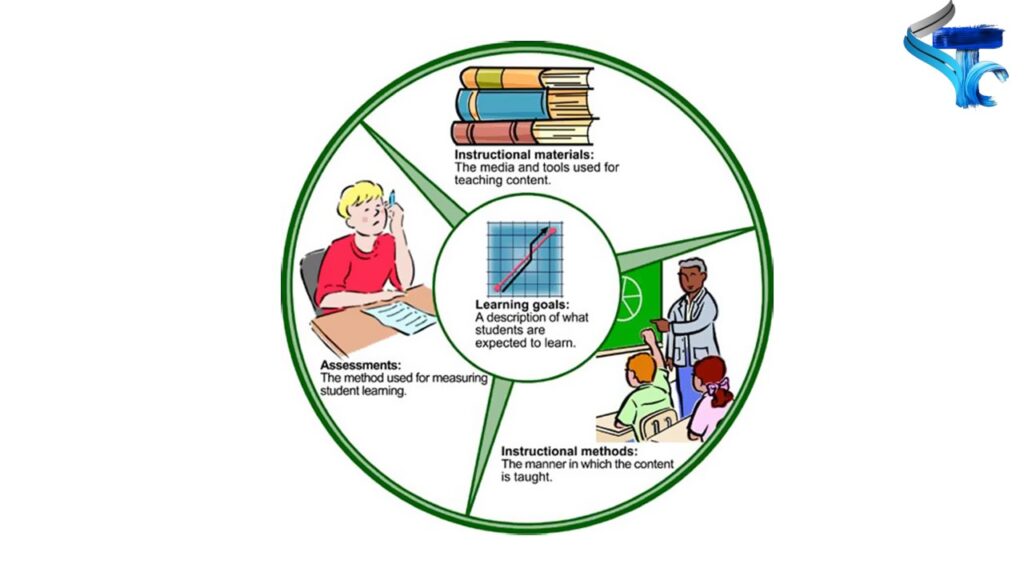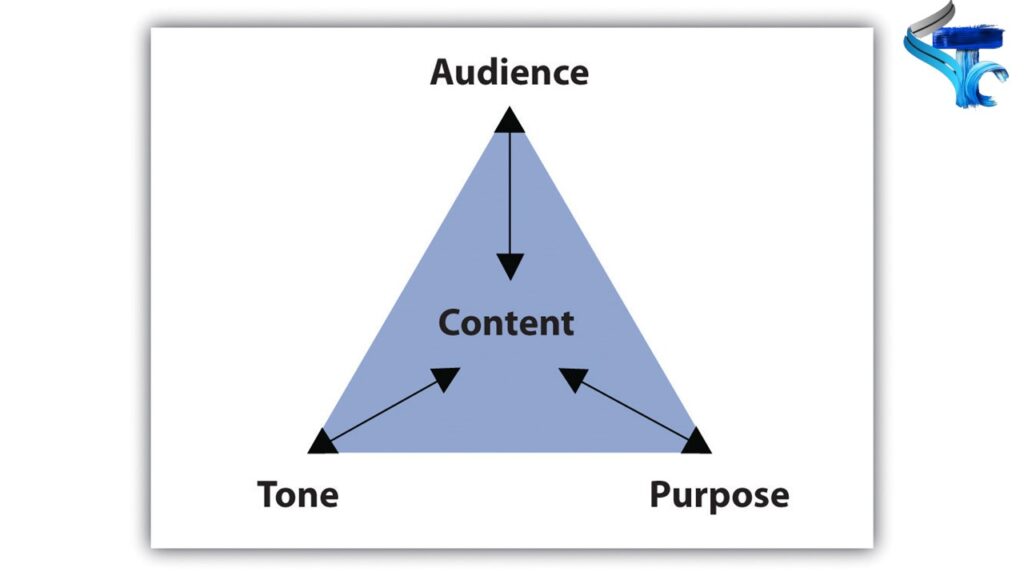
One of the most important aspects of leadership development is assessing the current and potential leaders in an organization. Assessments can help identify the strengths and weaknesses of leaders, as well as their readiness for new challenges and opportunities. Assessments can also provide feedback and guidance for improving leadership skills and behaviors.
However, designing effective assessments for leadership development is not a simple task. There are many factors to consider, such as the purpose, scope, format, content, validity, reliability, and fairness of the assessments. In this blog post, we will discuss some of the best practices and common pitfalls of designing effective assessments for leadership development, as well as how to measure the effectiveness of the assessments.
Designing Effective Assessments for Leadership
Designing effective assessments for leadership encompass systematic evaluations that measure an individual’s competencies, strengths, and weaknesses pertaining to leadership. These assessments employ various methods such as interviews, self-assessment questionnaires, personality tests, and performance evaluations. By utilizing these tools, organizations gain valuable insights into an individual’s leadership style, decision-making abilities, emotional intelligence, communication skills, and other critical leadership competencies.
Identifying Leadership Potential
A primary objective of assessments in leadership development programs is to identify individuals with high leadership potential. These assessments go beyond mere performance evaluations by assessing qualities such as adaptability, strategic thinking, and the ability to inspire and motivate others. By identifying individuals with the right blend of skills and traits, organizations can focus their resources on grooming future leaders and align their development plans with the broader goals of the organization.
Tailoring Development Programs
Designing effective assessments provide a roadmap for designing tailored leadership development programs. The insights gained from assessments enable organizations to create targeted interventions and learning experiences that address specific leadership gaps. For instance, if an assessment highlights a need for enhanced communication skills, the development program can incorporate training modules focused on effective communication strategies. By customizing the program to individual needs, organizations maximize the impact of their leadership development initiatives.

Purpose and Scope : Designing Effective Assessment
The first step in designing effective assessments for leadership development is to define the purpose and scope of the assessments. What are the goals and objectives of the assessments? Who are the target audience and stakeholders of the assessments? How will the results of the assessments be used and communicated?
The purpose and scope of designing effective assessments should align with the overall strategy and vision of the organization, as well as the specific needs and expectations of the leaders and their teams. The purpose and scope should also be clear, realistic, and measurable, so that the assessments can provide meaningful and actionable insights.
To measure the effectiveness of the assessments, it is important to define and track some key indicators or metrics that reflect the desired outcomes or impacts of the assessments. For example, some possible indicators or metrics are:
- The satisfaction and engagement of the leaders and their teams with the assessment process and results
- The improvement or change in the leadership skills and behaviors of the leaders and their teams over time
- The alignment or fit between the leadership competencies and the organizational goals and values
- The performance or productivity of the leaders and their teams in their work roles or projects
- The retention or promotion of the leaders and their teams within the organization
Format and Content
The next step in designing effective assessments for leadership development is to choose the format and content of the assessments. What type of assessments will be used? How will they be administered and scored? What topics and competencies will be covered by the assessments?
The format and content of the assessments should match the purpose and scope of the assessments, as well as the characteristics and preferences of the leaders and their teams. The format and content should also be relevant, engaging, and challenging, so that the assessments can capture the true potential and performance of the leaders.
Types of Assessments to keep in mind while designing effective assessments.
Self-assessments: These are assessments that leaders complete by themselves, usually through online surveys or questionnaires. Self-assessments can help leaders reflect on their own strengths and weaknesses, as well as their goals and motivations.
- 360-degree feedback: These are assessments that leaders receive from multiple sources, such as their managers, peers, subordinates, customers, or external partners. 360-degree feedback can help leaders gain a comprehensive and balanced perspective on their leadership skills and behaviors. This is one of the best way when it comes to designing effective assessments.
- Simulations: These are assessments that leaders participate in realistic scenarios or tasks that mimic their work environment or challenges. Simulations can help leaders demonstrate their problem-solving, decision-making, communication, collaboration, and innovation skills.
- Psychometric tests: These are assessments that measure various aspects of leaders’ personality, cognitive abilities, emotional intelligence, values, or motivations. Psychometric tests can help leaders understand their personal traits and preferences, as well as how they affect their leadership style and effectiveness.
While designing effective assessment it is important to measure the effectiveness of the assessment and to measure the effectiveness of the assessments, it is important to ensure that they are reliable, valid, fair, consistent, transparent, comparable, scalable, cost-effective, timely, flexible, adaptable, user-friendly, and secure. These criteria can help evaluate whether the assessments are measuring what they intend to measure accurately, whether they are free from bias or error, whether they are appropriate for different contexts or situations, whether they are easy to use or administer, and whether they protect the privacy and confidentiality of the data and results.

Validity, Reliability, and Fairness
The final step in designing effective assessments for leadership development is to ensure the validity,
reliability, and fairness of the assessments. How accurate, consistent, and unbiased are
the assessments? How do they compare with other similar or alternative assessments?
How do they account for different backgrounds, cultures, or contexts of the leaders?
The validity, reliability, and fairness of the assessments should be established through rigorous research and testing methods, such as pilot studies, statistical analyses, expert reviews, or feedback surveys. The validity, reliability, and fairness should also be monitored
and evaluated regularly, so that the assessments can be updated or improved as needed.
To measure the effectiveness of the assessments, it is important to collect and analyze the data and results from various sources and perspectives, such as the leaders themselves, their managers, peers, subordinates, customers, or external partners. It is also important to communicate and share the findings and recommendations from the assessments in a clear,
concise, and constructive way, so that the leaders can understand and act on them.
Conclusion
Designing effective assessments for leadership development is a complex but rewarding process that can help organizations develop their current and future leaders. By following some of the best practices and avoiding some of the common pitfalls discussed in this blog post, organizations can design effective assessments that can enhance their leadership development programs. By measuring the effectiveness of the assessments, organizations can also ensure that they are achieving their desired outcomes and impacts, as well as continuously improving their assessment practices.

![The Power of Storytelling in Corporate Training: Igniting Success and Inspiring Growth [2023]](https://trainercentric.com/wp-content/uploads/2023/06/storytelling-1024x576.jpg)

